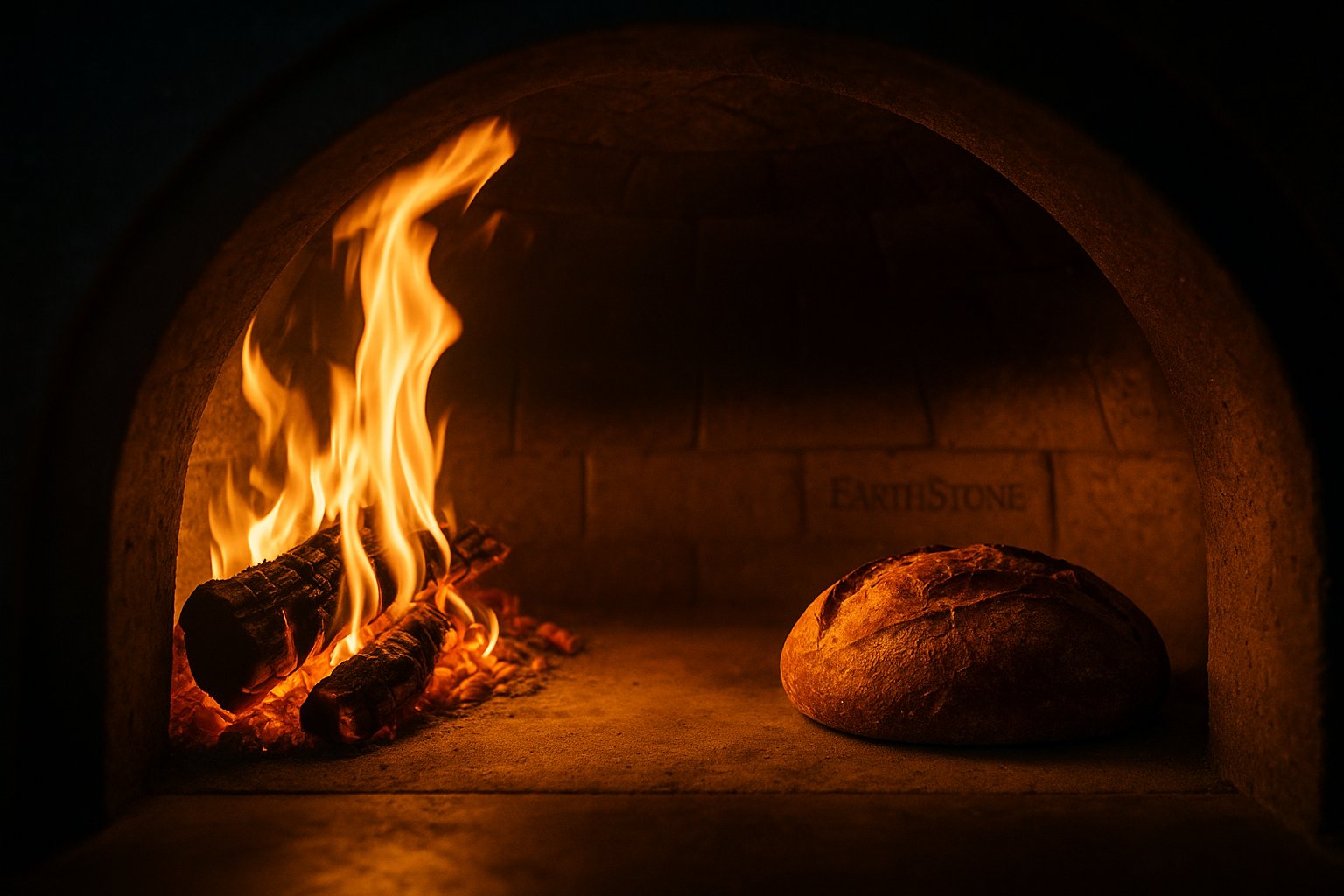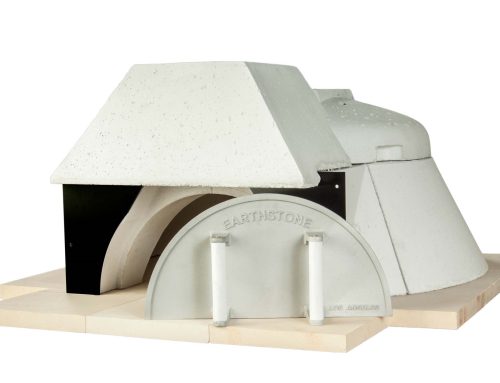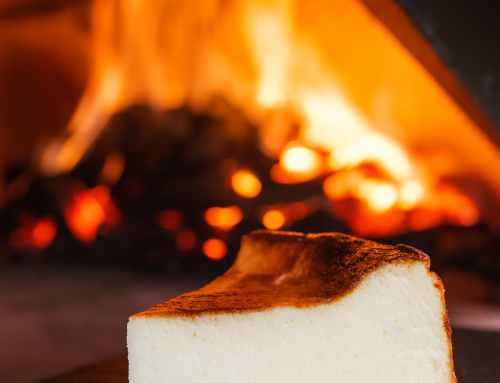There’s something almost primal about cooking with fire. That instant connection between flame and flavor—it’s what draws chefs and food lovers to wood-fired ovens in the first place. But behind that beautiful simplicity lies a lot of science. At EarthStone Ovens, every curve, every brick, and every inch of refractory material is designed with purpose: to transform raw fire into precise, even heat.
1. The Science of Thermal Mass
A true wood-fired oven isn’t just hot—it holds heat.
That’s the secret of thermal mass: the ability of the oven’s dense materials to absorb, store, and evenly release energy over time.
When an EarthStone oven reaches cooking temperature, its thick refractory dome and floor retain that heat for hours. Instead of quick, uneven bursts like in metal ovens, the radiant energy here wraps food gently and evenly. That’s why pizza crusts blister perfectly, bread rises naturally, and roasts cook through without drying out.
It’s not about how hot the fire burns—it’s about how well the oven remembers that heat.
2. Engineered Materials That Make the Difference
Every EarthStone oven is built using proprietary refractory mixes—formulated for density, durability, and high thermal capacity.
These materials resist heat shock (sudden temperature change) and maintain stability through years of heavy use.
Many mass-produced ovens use lighter firebrick or ceramic fiber insulation, which heat up fast but cool down just as quickly.
EarthStone’s design philosophy is the opposite: slow to heat, slow to lose. That’s what professional kitchens and commercial chefs rely on—steady, predictable performance service after service.
3. The Geometry of Heat Distribution
It’s not just the material—it’s the shape.
The internal geometry of an EarthStone dome is carefully calculated to create a perfect convection pattern: heat from the fire circulates evenly, while the dome’s curvature reflects radiant energy down to the cooking surface.
In practice, that means fewer cold spots, less rotation, and faster recovery times. Whether you’re baking twelve pizzas during a dinner rush or slow-roasting lamb overnight, the oven maintains consistent heat across every inch.
This kind of precision isn’t guesswork—it’s thermodynamics, tested and refined over decades of design evolution.
4. Comparing Stone and Steel: Why It Matters
Steel ovens (and most metal-based models) have their place—quick startups, lightweight mobility, easy installation. But for professionals chasing consistency and depth of flavor, the physics just don’t compare.
Steel radiates heat quickly and unevenly. The result? One side burns while the other side struggles to cook through.
Stone, by contrast, emits a gentle, even warmth that cooks food from all directions at once. The result is flavor—not flash.
In short: metal gives you heat. Stone gives you flavor.
5. Real Results in the Kitchen
Chefs who use EarthStone ovens talk about “texture you can taste.”
That comes from controlled, even heat: crisp exteriors, soft interiors, and a depth of flavor that electric or gas systems can’t reproduce.
From Neapolitan pizzas to whole fish, from rustic loaves to braised short ribs—the same principle applies: consistent radiant heat brings ingredients alive.
When you understand the science, you understand the difference.
EarthStone isn’t just a name—it’s an equation: fire + mass + precision = flavor.
At EarthStone Ovens, we’ve spent decades perfecting the relationship between fire and flavor through careful engineering and craftsmanship.
If you’re ready to experience that difference in your own kitchen—or your restaurant—explore our full line of professional and residential models.







